Distilled and Purified Water – Everything You Need to Know
Water is vital for sustaining life, and maintaining its purity is critical for our well-being. When discussing purified water, two terms frequently arise: distilled water and purified water. What do these terms signify, and what sets them apart? Let’s delve deeper into these concepts to grasp the nuances of distilled and purified water.
What is Distilled Water?
Distilled water is purified through distillation, a process where water is boiled to produce steam. The steam is then cooled and condensed back into liquid form, effectively eliminating impurities, minerals, and contaminants with higher boiling points than water, resulting in a highly purified end product.
Advantages of Distilled Water
- Exceptional Purity: Distilled water stands out as one of the purest forms of water, as the distillation process effectively removes nearly all impurities, such as bacteria, viruses, and dissolved solids.
- Consistency: Each batch of distilled water is consistent in quality because the process ensures uniform purification.
- Chemical-Free: It does not contain chemicals or additives, making it suitable for applications where purity is critical, such as laboratories and medical procedures.
Disadvantages of Distilled Water
- Lack of Minerals: Distillation removes beneficial minerals like calcium and magnesium along with contaminants, which some argue reduces its nutritional value.
- Energy Intensive: The distillation process requires significant energy to boil water and produce steam, which can be costly and environmentally impactful.
- Taste: Some people find that distilled water has a flat taste due to the absence of minerals.
What is Purified Water?
Purified water refers to water that has undergone a process to remove impurities and contaminants, but not necessarily through distillation. There are several methods of purifying water, including:
- Reverse Osmosis (RO): RO systems use a semipermeable membrane to filter out contaminants, minerals, and impurities.
- Carbon Filtration: Activated carbon filters trap and remove organic compounds, chlorine, and other pollutants.
- UV Treatment: Ultraviolet light is used to disinfect water by deactivating bacteria and viruses.
Advantages of Purified Water
- Versatility: Purified water can be produced using various methods tailored to specific contaminants and water quality challenges.
- Mineral Retention: Depending on the purification method, some purified water retains essential minerals that contribute to taste and nutritional benefits.
- Efficiency: Purification methods like RO and carbon filtration can efficiently remove a wide range of contaminants, ensuring safe drinking water.
Disadvantages of Purified Water
- Cost: Some purification methods, especially advanced technologies like RO, can be costly to install and maintain.
- Environmental Impact: Certain purification processes, such as RO, can generate wastewater, contributing to environmental concerns if not properly managed.
- Taste and pH: Depending on the method and extent of purification, some purified water may lack minerals or have a different taste compared to natural water sources.
Choosing Between Distilled and Purified Water
When deciding between distilled and purified water, consider your specific needs and preferences:
- Health Concerns: If you require water free from all contaminants, such as for medical reasons or laboratory use, distilled water may be preferable due to its high purity.
- Taste Preference: If you prefer water with a certain taste profile or with retained minerals, purified water might be a better choice.
- Environmental Considerations: Purification methods vary in their environmental impact, so choose a method that aligns with your sustainability goals.
Aquafresh RO Purifier
Aquafresh RO Purifier is celebrated as India’s top choice for clean drinking water. With advanced RO technology, it efficiently removes contaminants while retaining essential minerals for health. Its multi-stage purification process ensures safe and great-tasting water. Designed for convenience, it features intuitive controls and a robust service network, making maintenance effortless. Aquafresh RO Purifier is not just a purifier but a reliable companion ensuring pure water for every household.
Conclusion
Both distilled and purified water offer effective solutions for ensuring safe drinking water. Whether you opt for the high purity of distilled water or the versatile purification methods of purified water, understanding the differences and advantages of each can help you make the goal is to enjoy clean, safe, and refreshing water that contributes positively to your health and well-being.
Don’t miss:– Gravity-Based Water Purifier – Its Advantages & Disadvantages


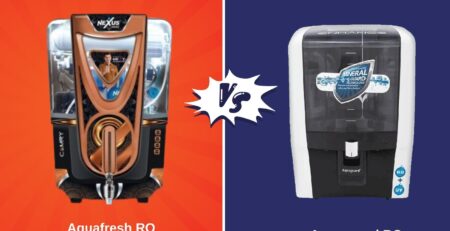
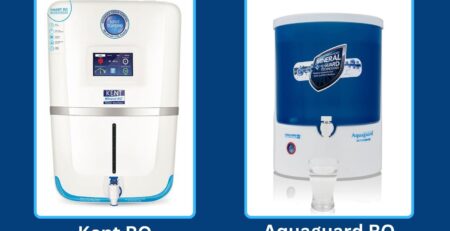
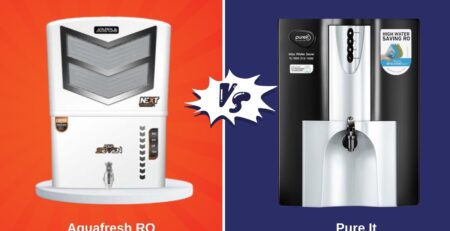
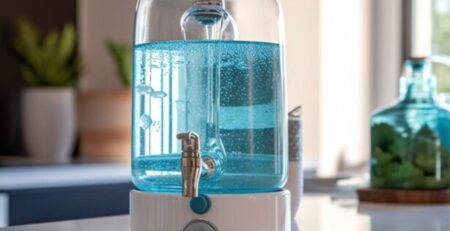
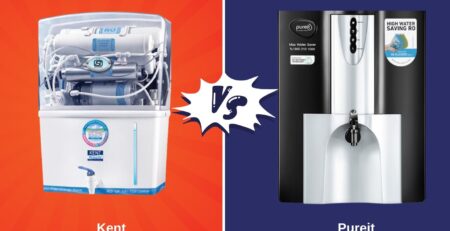
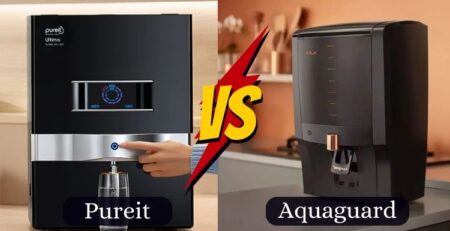

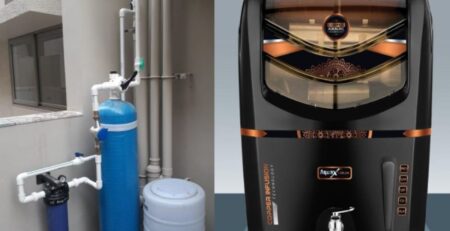
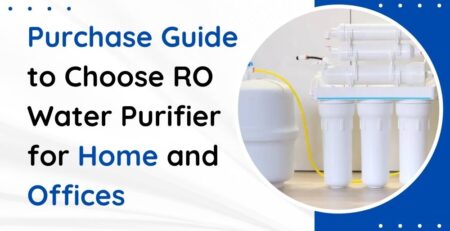
Leave a Reply